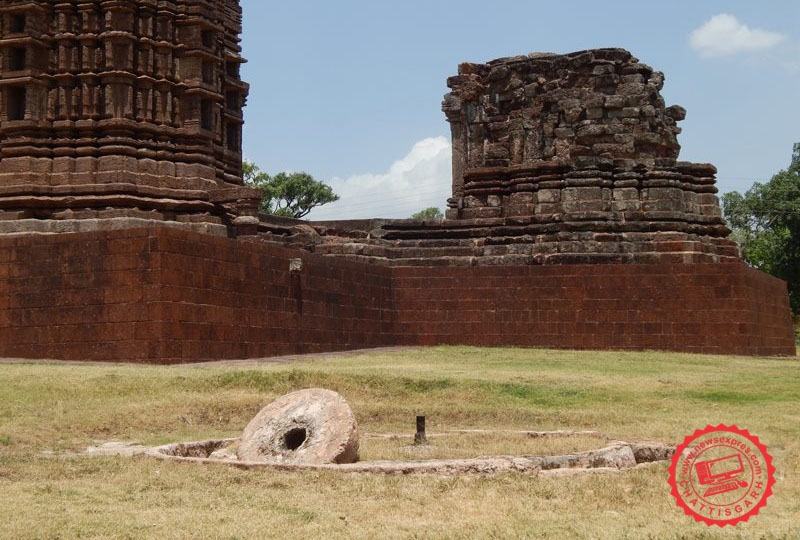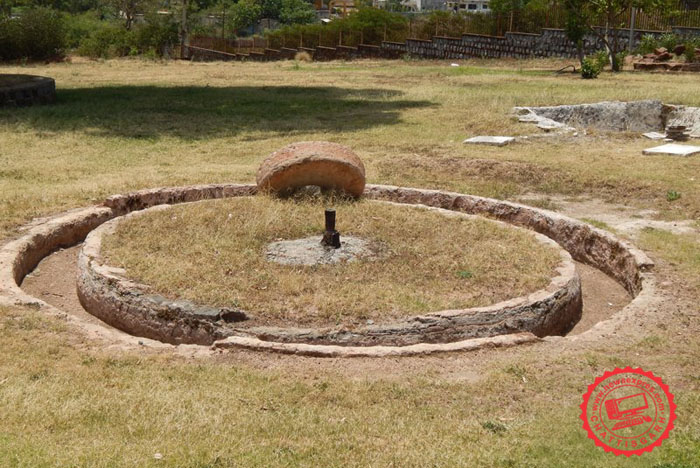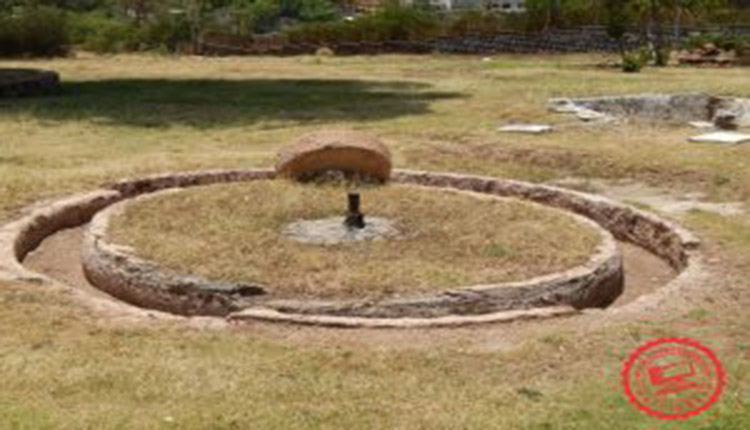The Indispensable Ancient Tool That Made Construction Possible
 For wandering enthusiasts and history buffs, the “Gharat,” an ancient tool, is a familiar sight in various locations. It has often been a topic of curiosity, and today, we delve into its significance. This traditional instrument, known as the “Gharat” or “Gharat,” has played a crucial role in construction since ancient times. Named for the distinctive “ghar-ghar” sound produced when breaking limestone, the tool’s importance in building construction cannot be overstated.
For wandering enthusiasts and history buffs, the “Gharat,” an ancient tool, is a familiar sight in various locations. It has often been a topic of curiosity, and today, we delve into its significance. This traditional instrument, known as the “Gharat” or “Gharat,” has played a crucial role in construction since ancient times. Named for the distinctive “ghar-ghar” sound produced when breaking limestone, the tool’s importance in building construction cannot be overstated.
The “Gharat” was invented to mix lime, which became vital for construction as civilizations progressed. Operated by animal power, this circular device was used to process lime mixed with water, transforming it into a usable mixture. Sand was added to enhance the lime’s strength, resulting in a superior mortar for brickwork and plastering after a month-long process.

In Haryana and Rajasthan, lime is referred to as “Kali,” and thus, the “Gharat” is also known as the “Kali Mixing Device” in construction. According to ancient texts, it is termed “Sudha Mishran Yantram.” Today, it remains largely neglected near ancient sites, though it once held great prominence
Crafted by skilled artisans, the “Gharat” was made from high-quality stones selected from hills and shaped using chisels and hammers. Each major town had one, with the artisan inscribing the name of the village and its owner on the tool before transporting it from village to village. The responsibility for moving the “Gharat” lay with the villagers, ensuring it reached its destination.
In construction, particularly of fortresses and strongholds, the “Gharat” was placed on hills to prepare lime mixtures, which were then buried on-site after the work was completed. For example, at Bandhavgarh Fort, several “Gharats” were found embedded in steps, as relocating them after use was labor-intensive. This tool’s influence extended across India and into Asia, but with the advent of cement, its significance waned.
Nonetheless, the buildings constructed with the “Gharat” remain standing proudly even after thousands of years, whereas cement structures often come with a mere 30-year guarantee from manufacturers. The “Gharat” thus stands as a testament to the durability and ingenuity of ancient construction methods.




